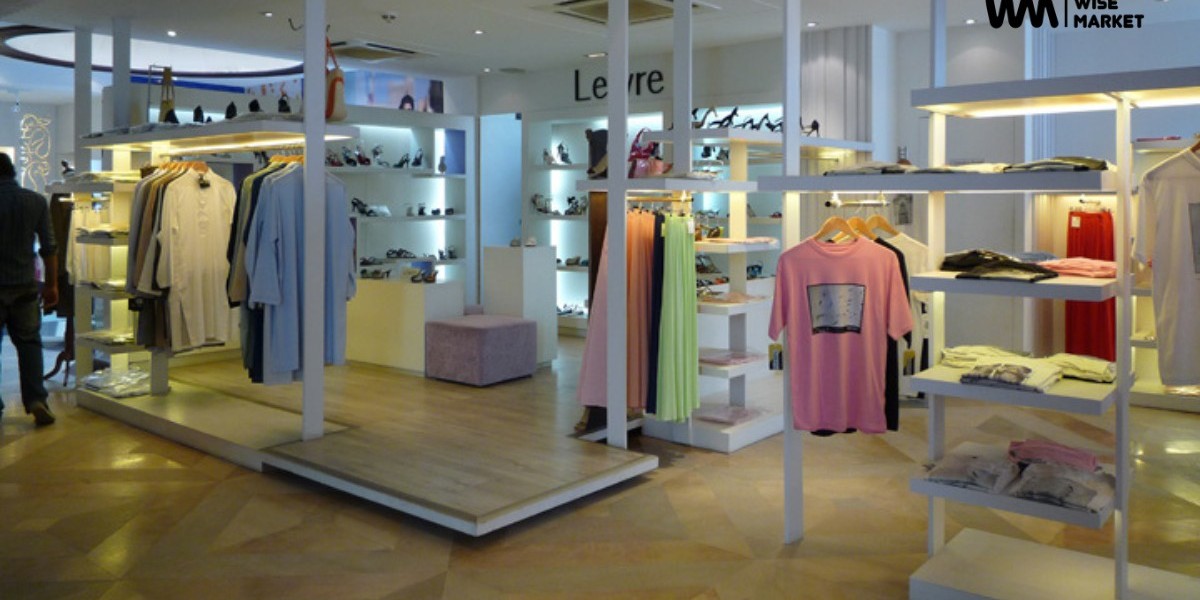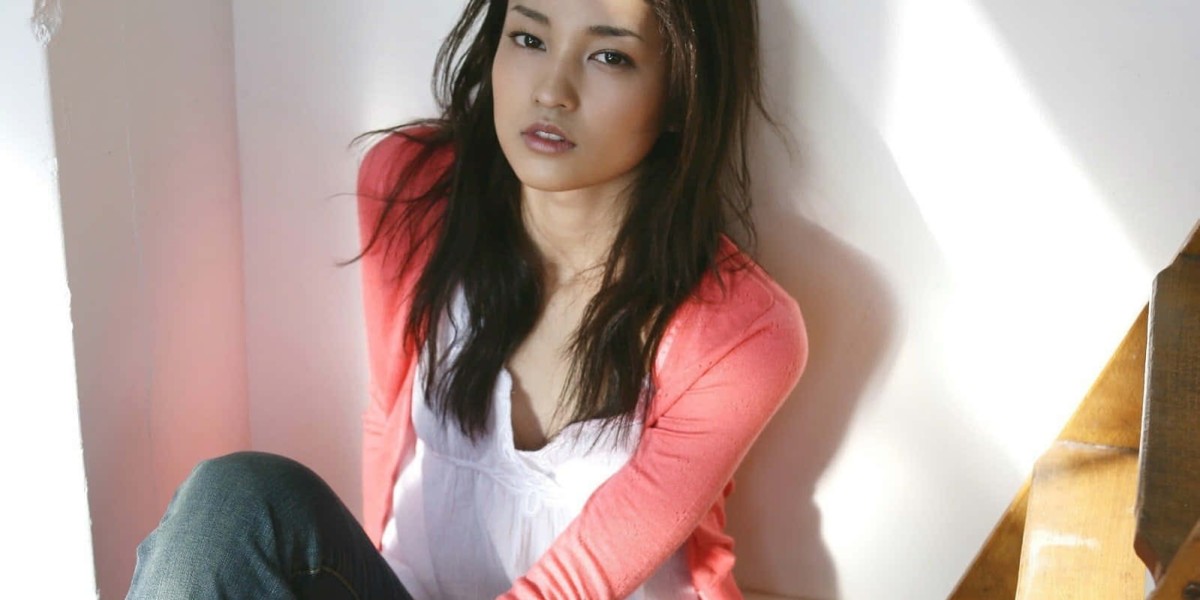The fashion industry in Pakistan has evolved into one of the most dynamic and fast-growing sectors in South Asia. Over the last two decades, it has witnessed remarkable progress, blending traditional craftsmanship with modern aesthetics to create a unique identity globally. Pakistani fashion is no longer confined to domestic markets; it has gained recognition internationally, particularly in the Middle East, the UK, and North America.
The Fashion Industry in Pakistan has become a reflection of culture, innovation, and modern lifestyle. From high-end couture to ready-to-wear collections, it offers something for everyone, bridging the gap between heritage and contemporary trends. The industry not only drives cultural expression but also contributes significantly to the national economy by creating jobs, promoting exports, and supporting local artisans.
Evolution of the Fashion Industry in Pakistan
The roots of Pakistan’s fashion industry can be traced back to the post-independence era, when the nation’s identity was still taking shape. Initially, fashion revolved around traditional attire such as shalwar kameez, dupattas, and handcrafted fabrics. However, the 1980s and 1990s marked a turning point when designers like Maheen Khan, Rizwan Beyg, and Nilofer Shahid began redefining style with modern cuts and fabrics.
Today, the fashion industry in Pakistan represents a fusion of culture and modernity. From haute couture to affordable fashion, local brands have learned to cater to a diverse audience that values both style and heritage.
Key Players and Top Designers
One of the defining strengths of Pakistan’s fashion landscape is its pool of talented designers who have introduced new aesthetics while preserving traditional artistry. Names like HSY, Sana Safinaz, Maria B, Elan, Asim Jofa, and Nomi Ansari have become synonymous with excellence and innovation.
Hassan Sheheryar Yasin (HSY) is often regarded as the “King of Couture,” known for his luxurious bridal designs and mastery of eastern silhouettes. Sana Safinaz, on the other hand, revolutionized ready-to-wear fashion by introducing elegant yet affordable lines for everyday women. Similarly, Elan and Maria B have gained international acclaim for their bridal and formal wear collections, blending intricate embroidery with global fashion sensibilities.
Fashion Weeks and Events
Fashion weeks have played an instrumental role in the development of Pakistan’s fashion industry. Events like PFDC Sunsilk Fashion Week, Hum Bridal Couture Week, and Fashion Pakistan Week have become significant annual highlights, attracting international buyers, media, and influencers.
These events serve as platforms where established and emerging designers present their collections, experiment with new ideas, and connect with global markets. Beyond showcasing trends, fashion weeks have helped transform fashion into a serious business, encouraging collaborations between designers, textile producers, and retailers.
Traditional Meets Modern: The Essence of Pakistani Fashion
The beauty of Pakistani fashion lies in its balance between tradition and innovation. While designers continue to celebrate cultural heritage through intricate embroidery, block printing, and handwoven fabrics, they also experiment with contemporary styles and global influences.
For instance, traditional bridal wear often features age-old techniques like zardozi and gota work, but modern brides now prefer lighter, more versatile ensembles with minimal embellishments and subtle tones. Similarly, men’s fashion has evolved from classic sherwanis and kurtas to include tailored suits, fusion jackets, and casual wear that blends eastern and western aesthetics.
This adaptability has helped the Fashion Industry in Pakistan stay relevant, appealing to both local and international markets that value diversity and cultural richness.
The Role of Textile and E-Commerce in Fashion Growth
Pakistan’s textile industry forms the backbone of its fashion sector. As one of the world’s leading producers of cotton and fabric, the country offers a strong foundation for clothing production. Many fashion brands source locally made textiles to support domestic craftsmanship while keeping costs competitive.
Moreover, the COVID-19 pandemic accelerated digital adoption, with designers launching online stores and virtual fashion shows. This digital shift continues to drive the growth of the fashion industry in Pakistan, making it more inclusive and customer-focused.
Emerging Trends in Pakistani Fashion
The Pakistani fashion industry has always evolved with changing consumer preferences. Currently, several exciting trends are shaping the future of the industry.
Sustainability has become a growing focus, as both consumers and designers are increasingly aware of ethical fashion practices. Many brands are now using eco-friendly fabrics, organic dyes, and fair-trade production methods to reduce environmental impact.
Another trend is the growing influence of streetwear and casual fashion. Pakistani youth are leaning towards minimalistic, comfortable styles inspired by international street culture. Designers like Generation and Outfitters have mastered the art of combining style with practicality, making fashion wearable for everyday life.
The Economic and Cultural Impact of Fashion
Beyond aesthetics, the fashion industry in Pakistan has significant economic and cultural implications. It employs thousands of artisans, tailors, designers, and textile workers across the country. The export of Pakistani fabrics, bridal wear, and designer apparel brings in valuable foreign exchange, strengthening the economy.
Culturally, fashion serves as a medium of expression. It allows designers and wearers alike to showcase their individuality while celebrating Pakistan’s diverse heritage. Fashion also plays a key role in promoting a positive image of Pakistan on the global stage, countering stereotypes and highlighting the country’s creativity and resilience.
Challenges Facing the Fashion Industry
Despite its growth, the industry faces challenges such as rising production costs, limited access to international markets, and lack of regulatory frameworks for design copyright. Counterfeit products and fast-fashion replicas also pose a threat to original designers.
Moreover, while metropolitan cities like Karachi, Lahore, and Islamabad have well-established fashion scenes, smaller cities still lack infrastructure and exposure. Addressing these challenges requires stronger government support, trade collaborations, and educational programs for aspiring designers.
The Future of the Fashion Industry in Pakistan
Looking ahead, the fashion industry in Pakistan is poised for greater innovation and expansion. With the rise of technology, designers are expected to adopt digital fashion tools like 3D design software and virtual try-ons. The focus on sustainability will further shape future collections, while the global interest in South Asian culture will open new export opportunities.
As e-commerce continues to flourish, consumers will have more access to designer wear and ready-to-wear fashion at competitive prices. This integration of tradition, technology, and creativity ensures that Pakistan remains a key player in the global fashion landscape.
The Fashion Industry in Pakistan stands as a testament to how culture and commerce can thrive together when guided by creativity, craftsmanship, and innovation.
Conclusion: Fashion Industry in Pakistan
In conclusion, the fashion industry in Pakistan has matured into a vibrant, globally recognized sector that blends cultural richness with modern flair. From established designers to emerging brands, each contributes to a thriving ecosystem that supports creativity, employment, and economic growth.
As online platforms continue to revolutionize retail, shopping for fashion has become easier than ever. One such reliable platform is Wise Market, one of the best eCommerce websites in Pakistan offering the lowest prices on a wide range of products — from mobile phones to fashion accessories. It represents the country’s growing digital economy and commitment to making quality and affordability accessible to all.
Pakistan’s fashion journey is one of pride, innovation, and endless creativity — and the best is yet to come.
FAQs: Fashion Industry in Pakistan
Q: What makes the fashion industry in Pakistan unique?
A: The fashion industry in Pakistan stands out for its fusion of traditional craftsmanship and modern design, offering styles that reflect both heritage and global fashion trends.
Q: Who are some of the top Pakistani fashion designers?
A: Renowned designers include HSY, Maria B, Sana Safinaz, Elan, Asim Jofa, and Nomi Ansari, each celebrated for their distinctive design philosophies and creativity.
Q: How does e-commerce affect the fashion industry in Pakistan?
A: E-commerce platforms like Wise Market Pakistan have made fashion more accessible, allowing customers across the country to buy branded and designer wear.
Q: What are the latest fashion trends in Pakistan?
A: Current trends include sustainable fashion, streetwear, minimalistic styles, and fusion wear that combines traditional fabrics with modern silhouettes.
Q: How does the fashion industry contribute to Pakistan’s economy?
A: It generates employment, supports local artisans, and boosts exports through textile and apparel sales, significantly contributing to the GDP.








